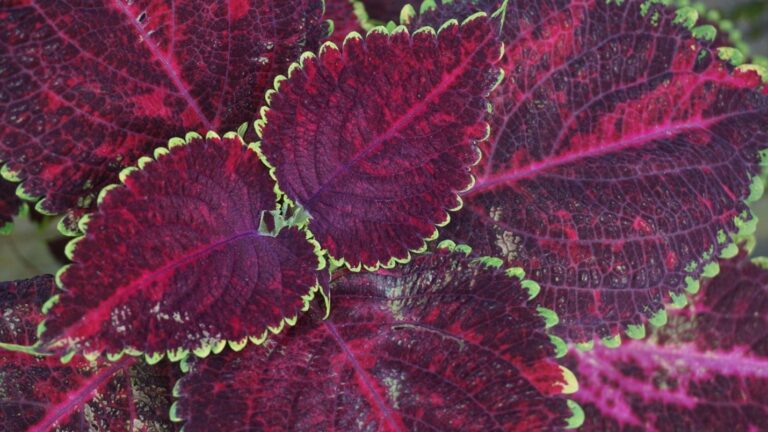The Essential Role of Light Spectra in Indoor Plant Growth and Development

Maximizing plant growth and development in indoor gardening and horticulture depends critically on the spectrum and quality of light. Direct effects of light spectra on photosynthesis, plant shape, and general health include Knowing how various wavelengths influence plant functions will enable farmers improve their indoor growing conditions. This paper explores the reasons for the need of light spectrum for indoor plants as well as how they affect certain facets of development.
Effective Photosynthesis
Plants use carbon dioxide and water to generate glucose and oxygen, therefore transforming light energy into chemical energy. The light spectrum determines the great dependability of this process. Plants mostly employ chlorophyll, which is most efficient at absorbing red and blue wavelengths. The photosynthetic process is driven by this absorption, hence the suitable light spectrum is essential for normal development of plants.
Change and Advancement
Different light wavelengths serve particular purposes in the development of plants. Blue Light (400–500 nm): Crucially for vegetative development, blue light helps robust, healthy stems and leaves to grow. Early on in plant development, it is especially crucial since it enables seedlings build strong foundations.
Important for flowering and fruiting, red light (600–700 nm) promotes bud development and fruit growth. Its importance increases in the later phases of a plant’s life cycle, therefore affecting the output and quality of fruits and flowers.
Far-red light (700–800 nm) influences plant shape including stem elongation and flowering timing. The general development pattern of a plant can be influenced by far-red light, therefore affecting the flowering timing and process.
photomorphogenesis
Photomorphogenesis is the phenomena whereby light shapes plant form and structure. Particular light spectra can set off different growth reactions:
Seed Germination: The whole growth cycle of the plant can be affected by some wavelengths either encouraging or discouraging seed germination.
Leaf Expansion and Stem Elongation: Light quality influences how plants extend their stems and expand their leaves, therefore contributing to their general health and adaptation.
Phosphoperiodism
Day duration perceived by plants from light influences their flowering cycles. Plants Short-Day vs. Long-Day: Some plants bloom only under particular light cycles. Long-day plants need more light; short-day plants need longer stretches of darkness. These vital flowering reactions can be triggered in part by the light spectrum.
Plant attributes and light quality
The particular wavelengths of light define its quality, which can affect several characteristics of plants:
Nutritional Content: Crops’ vitamin and mineral content may change with the light spectrum.
Flavor and Color: Light quality affects flavor and color in crops like herbs and vegetables, hence it is a crucial consideration for gardeners aiming at premium output.
Indoor Lighting Energy Efficiency
Choosing the correct light spectrum can improve indoor horticultural energy economy:
Modern LED grow lights can be made to produce particular wavelengths that maximize photosynthesis and plant development. This focused strategy lowers waste of energy and raises the general interior lighting system efficiency.
